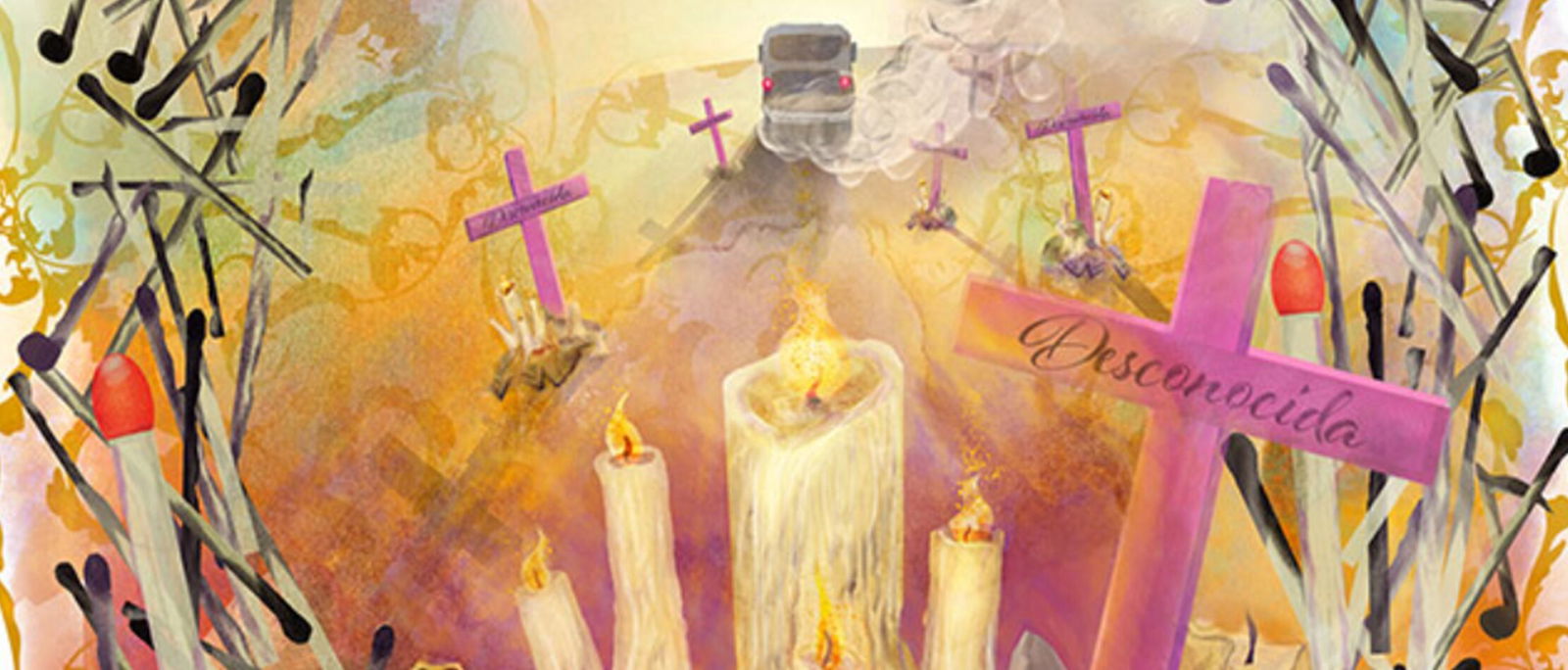Driven By the Wind
Attending the table reading of La Ruta was a powerful experience, and there are many vivid scenes that linger in my mind. One scene in particular resonates with me for a variety of reasons. Though the stage direction was just read aloud, I could clearly picture the onstage implementation of the scene. We hear the howling sound of wind blowing in the desert, and gradually a rhythm emerges that ultimately evolves into a song.
When I signed-on for Fresh Eyes, I assured ART that I would leave physics out of it. I lied.
The sound of howling wind is one we all know, and we are familiar with the noises it elicits when whipping around buildings, through narrow cracks in old walls, or past bending trees in the forest. We also know the sounds that come from blowing across the mouth of a bottle or jug. What determines the sound that is excited by the blowing wind? Does the wind itself decide if the sound will be pleasant? Musical? Annoying? Painful?
All sounds—the wind, a strum of a guitar, a woman’s scream—consist of vibrations, or oscillations of a specific frequency, that begin in a material and are carried through the air to our ears. The wind includes an enormous range of these oscillations which are each individually small but spread over a full spectrum of frequencies, from the highest squeal of a mosquito to the lowest rumble of thunder. Carrying all of these frequencies within it, the wind will inevitably match the natural oscillation of whatever object it blows past. If that object is an open jug, we hear the frequency of the jug; just as if we had blown on it ourselves.
Every object, based on its size, shape, and material, has specific frequencies that will resonate. You can find these frequencies for instruments by plucking a string, tapping a drum, blowing between two reeds or over the mouthpiece of a flute. The same is true for many objects: a wine glass will ring out when gently tapped. A guitar is meticulously designed to resonate at the frequencies (i.e., notes) that have been deemed musical by Western civilization. In the hands of a skilled musician, the instrument generates beautiful phrases or melodic ideas with vibration. While a guitar will still resonate when left out in the wind, it is now at the mercy of the wind. The open strings, not tuned to a particular chord, will all vibrate when driven by the wind and so the sound will fall somewhere between melodic and dissonant.
This is true for anything. The structures we leave out in the wind, intentionally designed or not, will be driven by the wind. They may resonate musically, or they may resonate with painful discord, sounding more evil than melodic.
In La Ruta, we hear the wind of capitalism as it blows across the border, a force applied indiscriminately around the world. Whether it excites harmony or discord as it passes is determined by the structures—size, shape, material—that it blows past. The structure of human nature, when blown by strong winds, can resonate with either good or evil and the stronger the wind, the louder the sound. Striking broken systems, unpaved streets, dark corners, and corrupt officials, the wind stirs up the worst aspects of human nature. This is how we find the characters of La Ruta, struggling against the wind and buffeted by the constant fear it stirs.
Not all wind excites the sounds of evil, however. When blowing past the right combinations of strings, pipes, and tubes, beautiful music flls the air. It is therefore our responsibility to construct the musical structures of society, systems that are ready to be driven by the force of the wind, and excited toward good instead of evil. These empowered instruments are built through strong infrastructure: just courts, lawful police, well-lit streets, and clean water. They are also built with the right combination of social and political strength, and supported by the collective voices ready to speak out for one another.
La Ruta presents the story of many strong women, facing the powerful winds with little in the way of protective structure. Instead, they create their own, and use it to rise above the fear and grief that define their lives.



